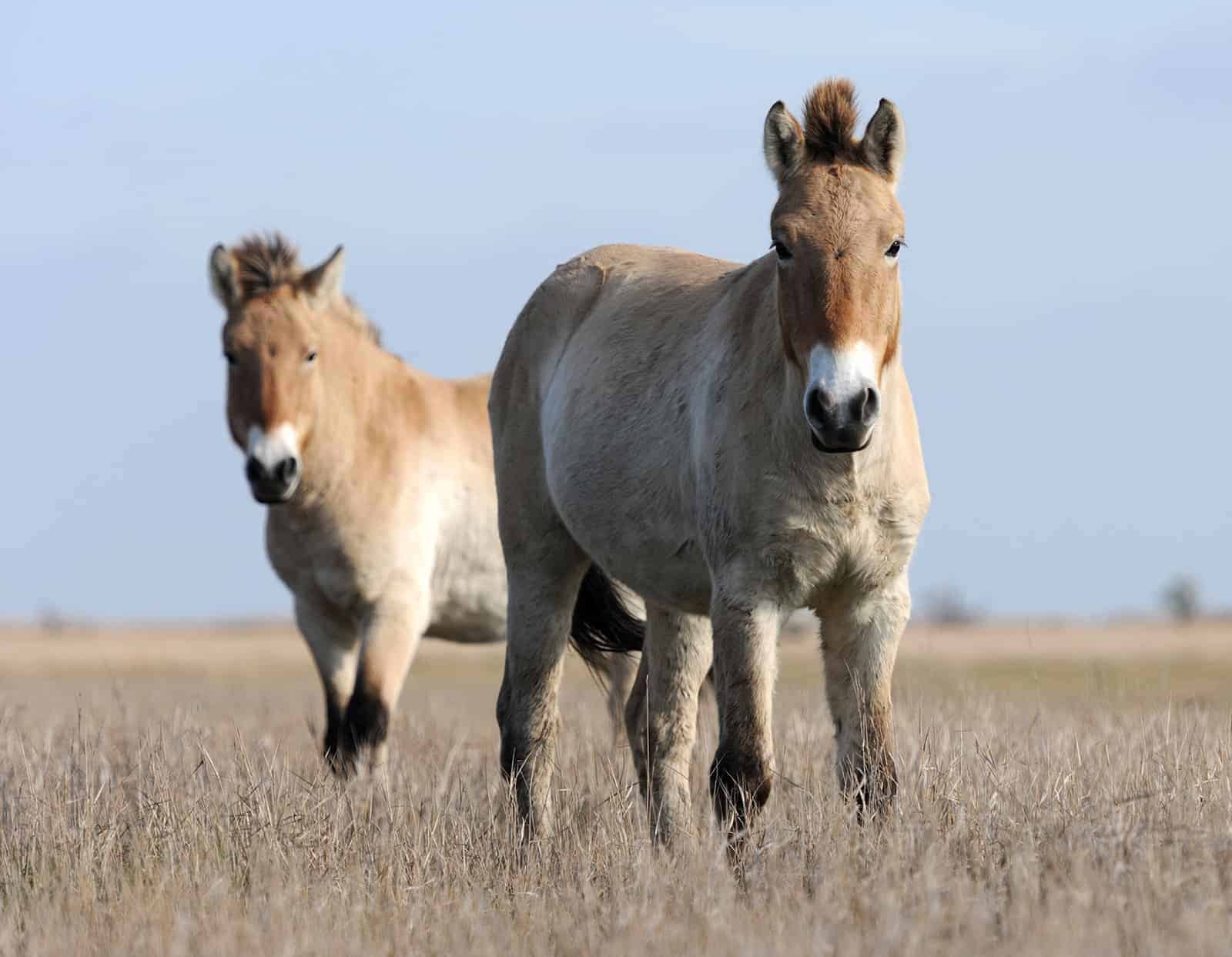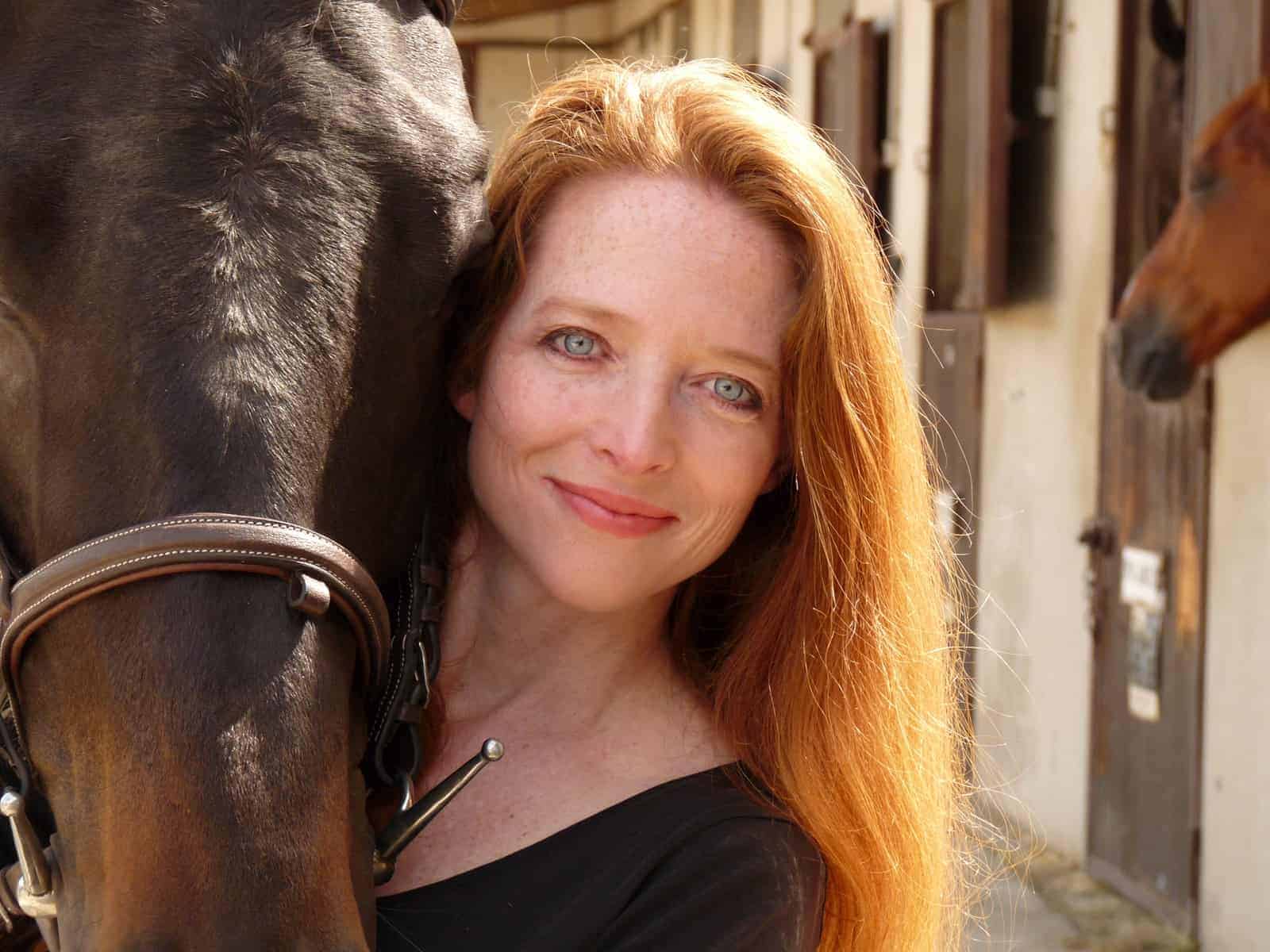Y-Chromosome DNA Diversity Gives Insight Into Early Horse Breeding

The modern domestic horse is the result of thousands of years of selective breeding. That, we’ve known for a while. But what scientists are still striving to understand are how and when equine breeding programs got started and evolved.
For example, try to imagine early horse breeding operations. At some point, humans started evaluating and choosing a select few stallions to breed to their mares. When do you think humans started these “rudimentary stud farms”?
- When cavemen were drawing spotted and solid-coat horses on their walls 25,000 years ago during the Ice Age.
- When hunter-gatherers were bringing wild mares into their domestic herds about 4,000 to 5,000 years ago.
- When iron-workers were first sculpting iron into tools and weapons for their soldiers and cavalry about 3,000 years ago.
- When owners were developing therapies to treat lameness issues like arthritis during the Middle Ages.
- When racehorse owners successfully bred a Thoroughbred legend like Eclipse in the mid-1700s.
Researchers recently discovered that, in the case of stallion-based breeding programs, the correct answer is option 3. Study results suggest that stallions started losing significant levels of genetic diversity in parts of their Y chromosomes (which are passed from father to son, as only males possess them) during the Iron Age
Create a free account with TheHorse.com to view this content.
TheHorse.com is home to thousands of free articles about horse health care. In order to access some of our exclusive free content, you must be signed into TheHorse.com.
Start your free account today!
Already have an account?
and continue reading.

Written by:
Christa Lesté-Lasserre, MA
Related Articles
Stay on top of the most recent Horse Health news with












